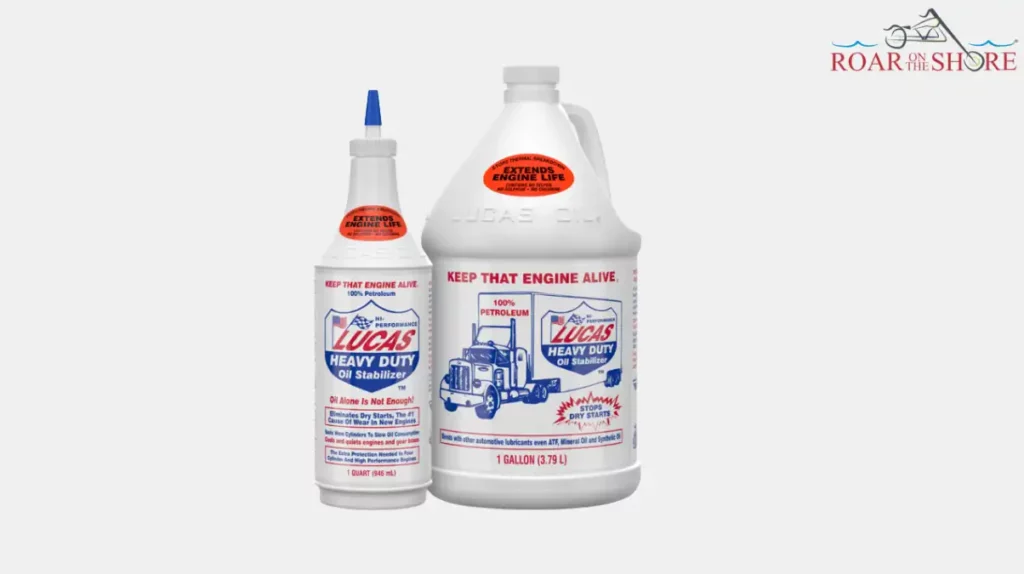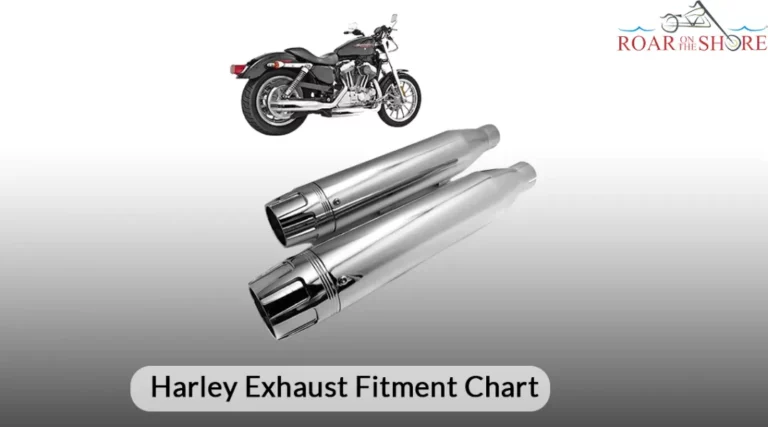5 Common Lucas Oil Stabilizer Problems And Solutions
There are two major problems with the Lucas Oil Stabilizer. The first one is foaming or bubble formation. These bubbles clog the piston orifices. Secondly, the stabilizer makes the oil too thick. This prevents the free flow and evaporation of the engine oil. Other issues include sludge buildup, lower gas mileage, and dilution of additive package.
The consequence of these problems is decreased engine performance. And if you don’t solve them in time, they can lead to premature destruction of the engine.

Troubleshooting And Fixing For Lucas Oil Stabilizer Problems
People who use Lucas oil stabilizer report several issues. For instance, it causes foaming. And sometimes it makes the oil too thick.
All these work against the product’s primary objective of increasing engine performance.
1. Foaming or Bubble Formation
The stabilizer forms bubbles in the engine oil. These bubbles can block the fuel injector’s tiny orifices.
The consequence is a decrease in the engine’s efficiency. In the long term, it can cause severe internal damage.
Foaming also reduces the oil’s surface tension. As a result, it becomes prone to leaking. Plus, the trapped air in the bubbles can cause oxidation and corrosion in the engine.
The deposit control additive in the Lucas Oil Stabilizer is responsible here. It contains polyisobutylene. This polymer reacts to pressure and temperature changes and forms bubbles.
To solve the problem, you can use a fuel injector cleaner. It’s a detergent additive that unclogs the injector’s tiny orifices.
You can also use a defoaming additive. They are specifically designed to disperse bubbles in the oil.
These additives range from $5-$10 on Amazon.
2. Thickens The Oil
Lucas oil stabilizer increases the viscosity of the oil. In simple terms, it makes the oil too thick.
As a result, the oil can’t flow freely. And the shafts, valves, bearings, and pistons don’t get adequate lubrication. Consequently, there is increased friction and damage to the engine.
This is the irony of the Lucas Oil Stabilizer. Instead of reducing engine wear and tear, it increases it.
Thicker oil also clogs the oil filters and passages. This can affect the oil pressure. Also, you will have difficulty starting your car in cold mornings.
The stabilizer causes oil to thicken due to its own high viscosity. Therefore, the solution is to use it with thinner oils.
For example, use 5W-30 grade oils instead of oil with grade 10W-40. A 5-quart bottle of such thinner oils can cost around $17-$20.
Read Also: E3 Spark Plugs Problems – Troubleshooting & Fixing
3. Sludge Builds Up
When oil breaks down from oxidation and contamination, it forms sludge. It’s a thick, sticky, and dark substance that can block the various pathways in the engine. This ultimately leads to damage and overheating.
Users of Lucas Oil Stabilizer often experience sludge build-up in the engine’s bottom. The foaming and high viscosity of Lucas Oil Stabilizer are to blame here.
Foaming causes air trapping. Meanwhile, increased viscosity prevents the oil from moving freely. Both of these factors can lead to oxidation and contamination. Ultimately resulting in sludge.
To prevent this, you might want to use thinner oils. You might also have to change the engine oil more frequently than usual.
To remove the sludge that has already accumulated, use an Engine Flush product. They cost around $10-$13 a bottle.
4. Lowers Gas Mileage
One of the main reasons to use an oil stabilizer is to improve gas mileage. In other words, you would like to drive more miles with less fuel.
Sadly, many users report that the Lucas Oil Stabilizer doesn’t serve this purpose. Instead, it might even lower existing mileage.
The reason for this problem is the viscosity of the stabilizer. Since the product makes the oil thicker, it can’t evaporate properly. As a result, engines get stressed and can’t perform at optimum levels.
The solution is to use a thinner oil. This will maintain the overall viscosity of the fluid inside the engine at proper levels.
Read Also: 5 Common Barnett Scorpion Clutch Problems and Their Fixes
5. Dilutes The Additive Package Of Oil
Your engine’s main oil has an additive package. It is a manufacturer-added combination of chemicals to enhance the oil’s quality. An additive package contains detergents, anti-wear agents, and friction modifiers.
Lucas Oil Stabilizer can dilute the additive package of the oil you add it to. The reason, again, is the thickening of the oil. As the engine oil rises in viscosity, its additive package becomes comparatively diluted.
The result is a fall in the quality and performance of the oil. That also means shortening the lifespan of your engine.
The solution is to use a high-quality thin synthetic oil with a stable additive package. You might also add detergent additives when necessary.
Maintenance Tips To Prevent Issues With Lucas Oil Stabilizer
The Lucas oil stabilizer is not without its flaws. However, with proper maintenance, you can overcome many of these issues. Thus, enjoy the performance-enhancing benefits of the stabilizer. Here are some tips-
- Use a thin oil with this stabilizer.
- Add detergent additives and engine flushes to prevent clogging.
- Change at shorter intervals than regular stabilizers.
- Check for leaks regularly.
- Use defoaming additives to disperse bubbles in the oil.
- Follow the manufacturer’s instructions regarding your engine oil and the stabilizer.
Is It Safe To Ride Your Bike With Lucas Oil Stabilizer Issues?
It’s not recommended to ride your bike when you have unresolved issues with the oil stabilizer.
You will hurt the engine’s longevity and waste fuel if you do that. You might also experience a sudden shutdown in the middle of the road.
The bubbles in the oil clog the fuel injectors. Meanwhile, the increased viscosity restricts the fluid’s flow. These factors also cause oxidation and contamination of the engine oil.
All those put undue stress on the engine. It experiences overheating, friction, corrosion, and damage. As a result, it wears out sooner than it’s supposed to. And in some cases, there might be an acute shutdown.
Read Also: 5 Most Common Star Tron Problems What You Need To Know
FAQs
Hopefully, you have found ways to manage the issues with the Lucas oil stabilizer. Still, have some queries? Feel free to ask here.
How Often Should I Change The Oil With Lucas Stabilizer?
The general recommendation is twice a year or every 5000 miles. However, if you use the Lucas stabilizer, the intervals should be shorter. So, change the engine oil four times a year, or every few thousand miles.
How To Keep The Oil With Lucas Stabilizer Thin During The Winter?
Use thin synthetic oil with the Lucas Stabilizer during winter. Synthetic oil’s cold flow properties are comparatively better. As a result, they don’t freeze and cause ignition problems at low temperatures.
Has The Lucas Oil Stabilizer Formed Sludge In My Engine?
If your engine has sludge, the oil pressure will be low. The ‘Check Oil’ light will illuminate. You will hear abnormal clicking sounds. When you perform a dipstick test, gelatinous globs will catch on to the stick.
Final Words
If you must use the Lucas Oil Stabilizer, follow the recommendations in the discussion so far. Use only thin synthetic oils with this stabilizer.
Also, check the oil with a dipstick test and change it at short intervals. Lastly, add the detergent and defoaming additives when necessary.






